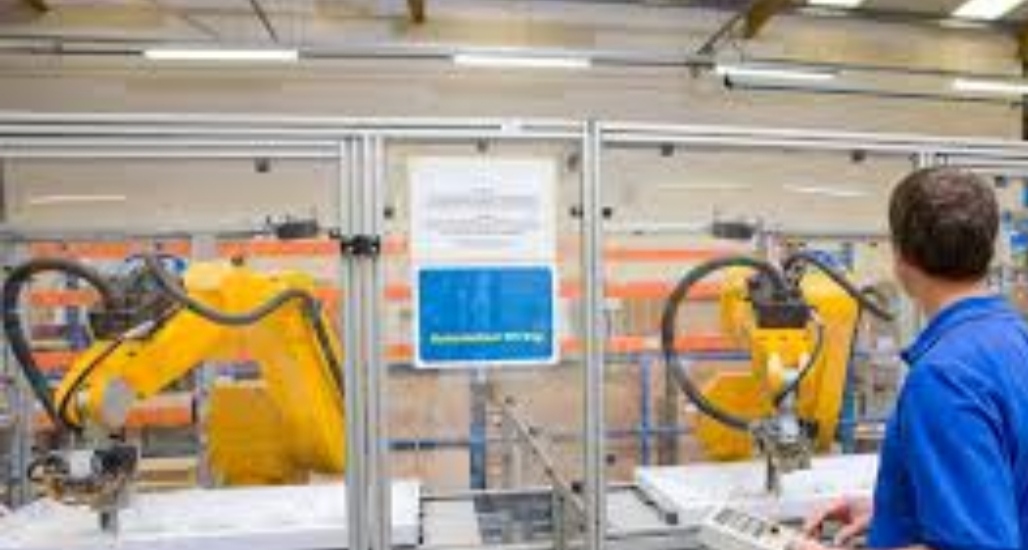Unemployment is a key economic indicator because it signals the ability (or inability) of workers to obtain gainful work and contribute to the productive output of the economy. More unemployed workers mean less total economic production.
Sign of Economic Distress
Unemployed workers must maintain at least subsistence consumption during their period of unemployment. This means that an economy with high unemployment has lower output without a proportional decline in the need for basic consumption.
High, persistent unemployment can signal serious distress in an economy and even lead to social and political upheaval.
Sign of Overheating Economy
A low unemployment rate, on the other hand, means that the economy is more likely to be producing near its full capacity, maximizing output, driving wage growth, and raising living standards over time.
However, extremely low unemployment can also be a cautionary sign of an overheating economy, inflationary pressures, and tight conditions for businesses in need of additional workers.
Categories of Unemployment
While the definition of unemployment is clear, economists divide unemployment into many different categories. The two broadest categories are voluntary and involuntary unemployment. When unemployment is voluntary, it means that a person left their job willingly in search of other employment. When it is involuntary, it means that a person was fired or laid off and must now look for another job.4
Unemployment by State (Seasonally Adjusted)
Types of Unemployment
Unemployment—both voluntary and involuntary—can be broken down into four types.
Frictional Unemployment
This type of unemployment is usually short-lived. It is also the least problematic from an economic standpoint. It occurs when people voluntarily change jobs. After a person leaves a company, it naturally takes time to find another job. Similarly, graduates just starting to look for jobs to enter the workforce add to frictional unemployment.
Frictional unemployment is a natural result of the fact that market processes take time and information can be costly. Searching for a new job, recruiting new workers, and matching the right workers to the right jobs all take time and effort. This results in frictional unemployment




